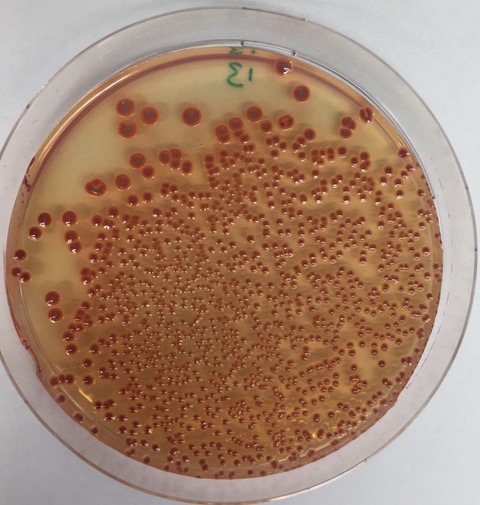Publication of the CIRI in the journal mBio on January 25, 2022. vetAgroSup and Iserm Press release on February 7, 2022.
Picture credits: solarsevn

Acinetobacter baumannii infection poses a major health threat, with recurrent treatment failure due to antibiotic resistance, notably to carbapenems. While genomic analyses of clinical strains indicate that homologous recombination plays a major role in the acquisition of antibiotic resistance genes, the underlying mechanisms of horizontal gene transfer often remain speculative. Our understanding of the acquisition of antibiotic resistance is hampered by the lack of experimental systems able to reproduce genomic observations. We here report the detection of recombination events occurring spontaneously in mixed bacterial populations and which can result in the acquisition of resistance to carbapenems. We show that natural transformation is the main driver of intrastrain but also interstrain recombination events between A. baumannii clinical isolates and pathogenic species of Acinetobacter. We observed that interbacterial natural transformation in mixed populations is more efficient at promoting the acquisition of large resistance islands (AbaR4 and AbaR1) than when the same bacteria are supplied with large amounts of purified genomic DNA. Importantly, analysis of the genomes of the recombinant progeny revealed large recombination tracts (from 13 to 123 kb) similar to those observed in the genomes of clinical isolates. Moreover, we highlight that transforming DNA availability is a key determinant of the rate of recombinants and results from both spontaneous release and interbacterial predatory behavior. In the light of our results, natural transformation should be considered a leading mechanism of genome recombination and horizontal gene transfer of antibiotic resistance genes in Acinetobacter baumannii.
Authors: Anne-Sophie Godeux, Elin Sveldhom, Samuel Barreto, Anaïs Potron, Samuel Venner, Xavier Charpentier, Maria-Halima Laaberki
Open access publication: https://journals.asm.org/doi/10.1128/mbio.02631-21
Involved research units: Centre international de recherche en infectiologie (CIRI, CNRS/ENS de Lyon/INSERM/Claude Bernard Lyon 1 University), Laboratoire de biométrie et biologie évolutive (LBBE, CNRS/VetAgro Sup/Claude Bernard Lyon 1 University) et Chrono-environnement (CE, CNRS/Université Franche-Comté).






